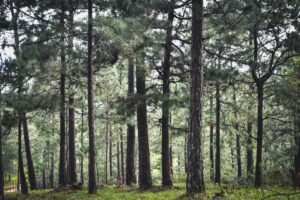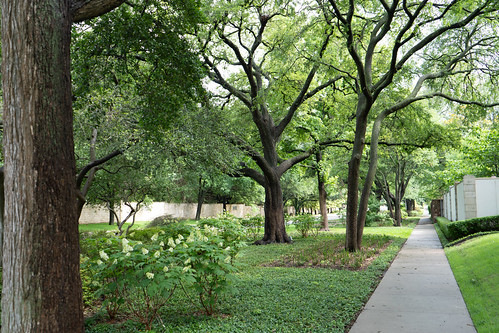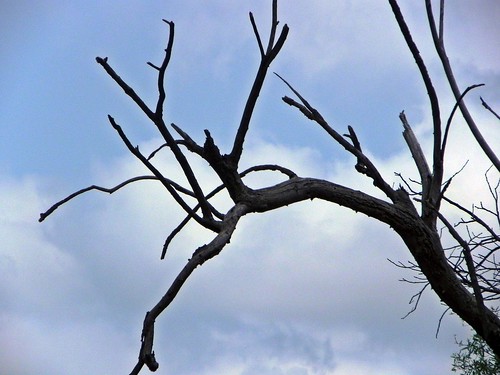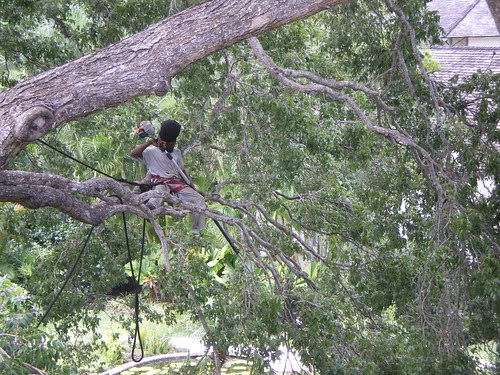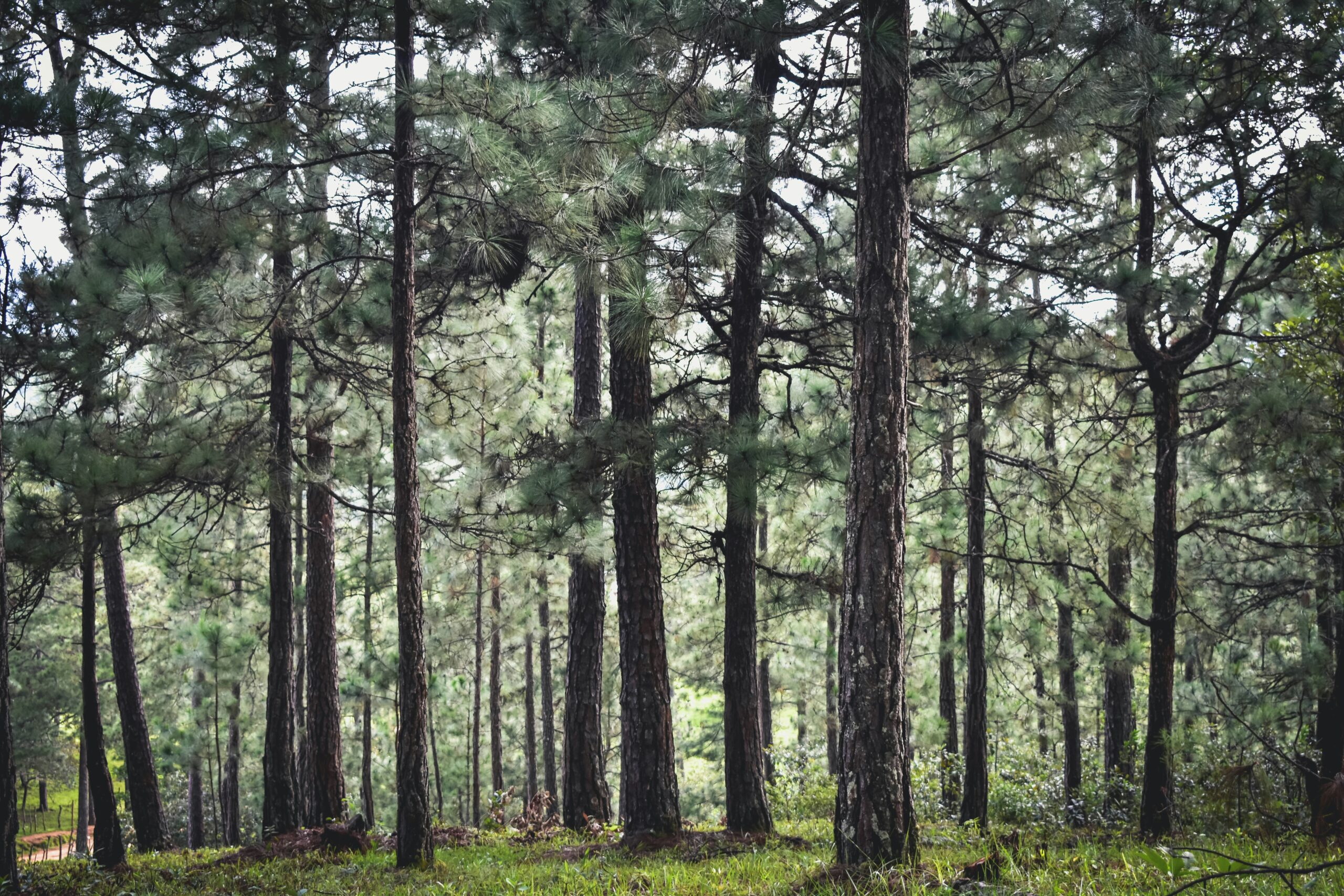
Preserving Fort Worth’s Urban Trees: Techniques and Tips
Date November 12, 2024
Preserving urban trees is vital for maintaining the environmental health, beauty, and economic value of Fort Worth. With the city’s rapid growth and changing landscape, implementing effective tree preservation techniques is essential to sustain its green canopy. This article from TreeNewal will highlight the best practices for tree preservation in Fort Worth, focusing on techniques that conserve the health and longevity of trees while enhancing the city’s ecosystem.
Why Tree Preservation Matters in Fort Worth
Urban trees provide a range of benefits that contribute to the well-being of Fort Worth’s residents, environment, and overall aesthetics. Some of the key advantages include:
- Improved air quality through carbon absorption and pollutant filtration.
- Reduced heat island effects by providing shade and cooling the surrounding environment.
- Enhanced property values, as well-maintained trees increase curb appeal.
- Improved stormwater management, as tree roots help absorb and filter rainwater.
- Increased biodiversity, offering habitat for birds, insects, and other wildlife.
Given these benefits, preserving Fort Worth’s urban trees not only protects the city’s natural beauty but also supports a healthier and more sustainable community.
Key Tree Preservation Techniques for Fort Worth
Proper tree preservation requires a mix of proactive care, timely interventions, and long-term planning. Here are some of the most effective techniques to ensure the health and survival of Fort Worth’s urban trees:
1. Proper Site Selection for New Plantings
When adding new trees to urban spaces, choose locations that offer:
- Adequate sunlight exposure based on the tree species’ requirements.
- Proper soil drainage to prevent root rot and other water-related diseases.
- Sufficient space for the tree’s mature canopy and root system to grow.
- Consider native and drought-resistant species that are better suited to Fort Worth’s climate, such as Live Oak, Red Oak, and Texas Ash.
2. Mulching
Mulching is one of the most beneficial tree preservation techniques for both newly planted and mature trees.
- Benefits of mulching include:
- Retaining soil moisture, reducing the need for frequent watering.
- Suppressing weed growth that competes for nutrients.
- Regulating soil temperature, protecting roots from extreme heat or cold.
- Apply a 2-4 inch layer of organic mulch around the base of the tree, keeping it a few inches away from the trunk to prevent rot.
3. Proper Watering
Watering is essential, especially during the first two years after planting and during dry spells.
Best practices for watering:
- Water deeply but infrequently to encourage deep root growth.
- Use soaker hoses or drip irrigation to deliver water directly to the root zone, minimizing waste and evaporation.
- Adjust watering schedules based on rainfall, seasonal temperatures, and soil moisture levels.
4. Pruning and Trimming
Regular pruning is essential to maintain tree structure, promote growth, and prevent disease.
Follow these pruning guidelines:
- Prune in late winter or early spring before new growth begins.
- Remove dead, diseased, or weak branches to reduce stress and improve airflow.
- Avoid excessive pruning, as it can weaken the tree and make it more susceptible to disease.
- For large trees or complex pruning needs, hire a certified arborist to ensure proper care.
5. Soil Management
Healthy soil is crucial for tree preservation, as it supplies nutrients, water, and a stable environment for roots.
Steps to improve soil health:
- Test soil pH and nutrient levels to identify any deficiencies.
- Add organic matter, like compost, to enrich the soil and improve its structure.
- Avoid soil compaction by minimizing heavy foot or vehicle traffic near tree roots.
6. Protecting Tree Roots
Tree roots extend well beyond the visible canopy and play a critical role in a tree’s stability and health.
Protect tree roots by:
Installing root barriers during construction projects to prevent damage.
Avoiding excavation or trenching near the root zone.
Creating a tree protection zone (TPZ) around the base of the tree, ensuring roots remain undisturbed during landscaping or construction work.
7. Disease and Pest Management
Fort Worth’s trees can be susceptible to various diseases and pests, including oak wilt, hypoxylon canker, and aphids.
Implement Integrated Pest Management (IPM), which includes:
Regular inspections to detect early signs of disease or infestation.
Biological controls, such as introducing beneficial insects.
Chemical treatments as a last resort, following professional recommendations.
Healthy trees are more resistant to disease, so maintaining overall tree health through proper watering, pruning, and soil care is crucial.
8. Cabling and Bracing
- Cabling and bracing are structural support techniques used to strengthen weak branches or trunks, helping to prevent breakage.
- Use cabling to support branches that are prone to splitting, while bracing involves installing rods to hold together splits or cracks.
- These techniques should be installed and maintained by certified arborists to ensure safety and effectiveness.
9. Lightning Protection Systems
In areas prone to severe thunderstorms, like Fort Worth, lightning protection systems can be installed in valuable or historic trees.
These systems divert the electrical charge from a lightning strike into the ground, reducing the risk of damage to the tree.
Long-Term Planning for Tree Preservation in Fort Worth
Effective tree preservation goes beyond immediate care and maintenance; it involves long-term strategies that ensure trees thrive for generations. Here’s how homeowners, developers, and the city can work together to sustain Fort Worth’s urban canopy:
1. Developing a Tree Care Plan
Create a comprehensive tree care plan that includes:
Regular inspections by a certified arborist.
Scheduled pruning, fertilization, and watering.
Monitoring for signs of disease, pests, or nutrient deficiencies.
Update the plan annually to accommodate the changing needs of the trees and the landscape.
2. Tree Preservation During Construction
Construction projects pose significant risks to urban trees, from root damage to soil compaction.
Key preservation measures include:
Designating Tree Protection Zones (TPZs) where no construction activity is allowed.
Using protective fencing and signage to clearly mark TPZs.
Consulting with an arborist during planning to minimize tree impact.
3. Tree Ordinances and Incentives
Fort Worth has tree ordinances that promote the preservation of large or historic trees, particularly during land development.
Homeowners and developers should familiarize themselves with these ordinances to ensure compliance and take advantage of any incentives for preserving trees, such as tax breaks or reduced permit fees.
4. Planting for the Future
While preserving existing trees is vital, planting new trees helps maintain and expand the urban canopy.
Focus on planting a diverse mix of native species, which are more likely to thrive in Fort Worth’s climate and resist local pests and diseases.
Encourage community planting programs and engage in volunteer efforts to help maintain and expand green spaces.
The Role of Certified Arborists in Tree Preservation
While homeowners can implement many tree preservation techniques, professional guidance is essential for long-term success. Certified arborists play a vital role in maintaining the health and safety of Fort Worth’s urban trees by offering:
1. Expert Assessments
- Arborists conduct detailed evaluations of tree health, identifying risks and potential problems that may not be visible to the untrained eye.
- They provide recommendations tailored to specific trees and the local environment, ensuring optimal care and preservation.
2. Advanced Treatments
- Arborists have access to advanced treatments, such as soil injections, deep root fertilization, and specialized pruning techniques.
- These treatments enhance tree health and resilience, helping trees withstand disease, pests, and harsh weather conditions.
3. Emergency Tree Care
- In the event of storm damage, arborists can provide rapid response to ensure the safety of residents and protect nearby structures.
- They assess damage, implement stabilization measures, and determine whether removal or preservation is the best option.
Preventing Tree Loss in Fort Worth
The following preventive measures can significantly reduce the risk of tree loss and help preserve Fort Worth’s green canopy:
1. Avoiding Tree Stress
- Tree stress, caused by drought, overwatering, or improper pruning, makes trees more susceptible to disease and pests.
- Implement consistent watering, mulching, and pruning practices to maintain tree health and resilience.
2. Educating the Community
- Raising awareness about the importance of tree preservation can lead to broader community involvement in urban forestry.
- Educational programs can teach residents about tree care basics, disease prevention, and the ecological benefits of trees.
3. Monitoring Climate Changes
- With Fort Worth experiencing fluctuating weather patterns, it’s crucial to adapt tree care practices to changing conditions.
- Monitor local climate changes and adjust watering, fertilization, and planting schedules accordingly.
Conclusion
Tree preservation in Fort Worth is an ongoing effort that requires collaboration between homeowners, developers, and the community. By implementing effective tree preservation techniques, residents can ensure a healthier, greener city. Regular inspections, proper pruning, soil management, and professional guidance are key to sustaining Fort Worth’s urban canopy for generations to come.
Protecting Fort Worth’s urban trees requires effective tree preservation techniques. From proper pruning to soil management, maintaining healthy trees not only enhances the city’s beauty but also improves air quality and property value. TreeNewal, serving the Dallas and Fort Worth Metroplex since 2017, offers expert guidance and services to ensure the longevity of your trees. Let us help you implement the best tree preservation techniques in Fort Worth—contact TreeNewal today for a consultation!
